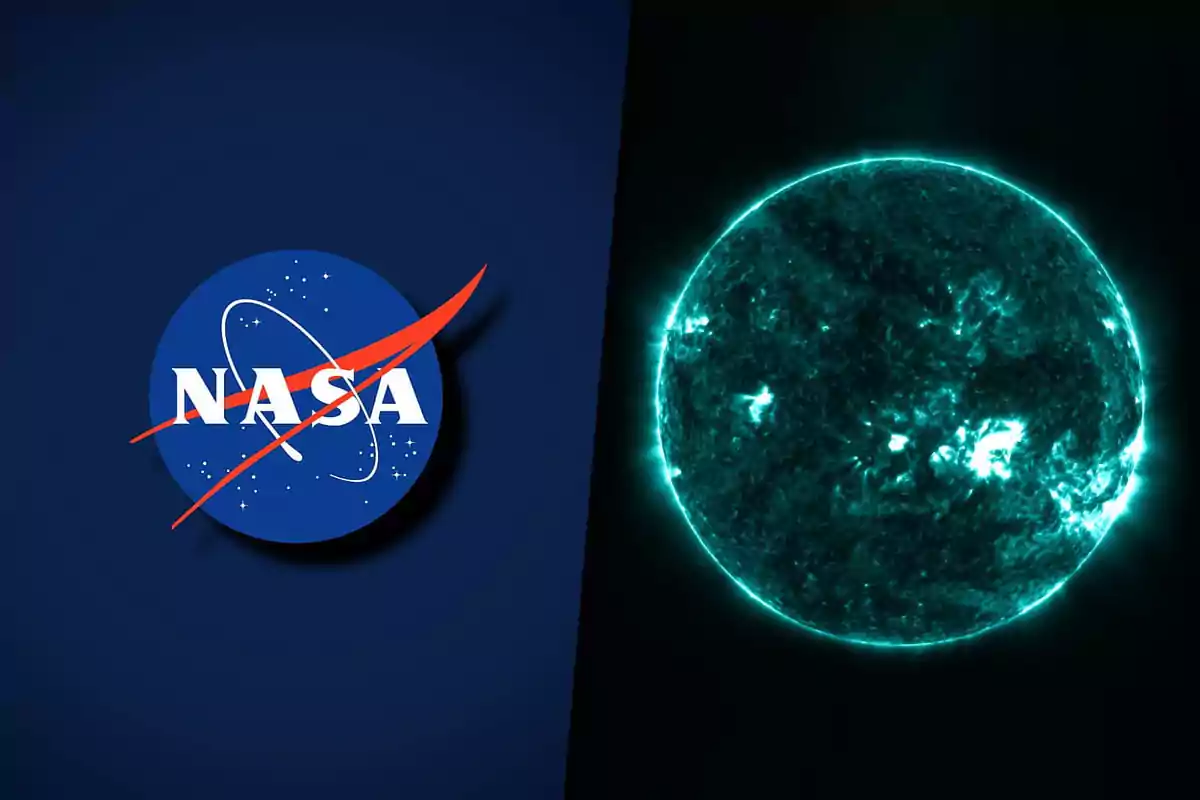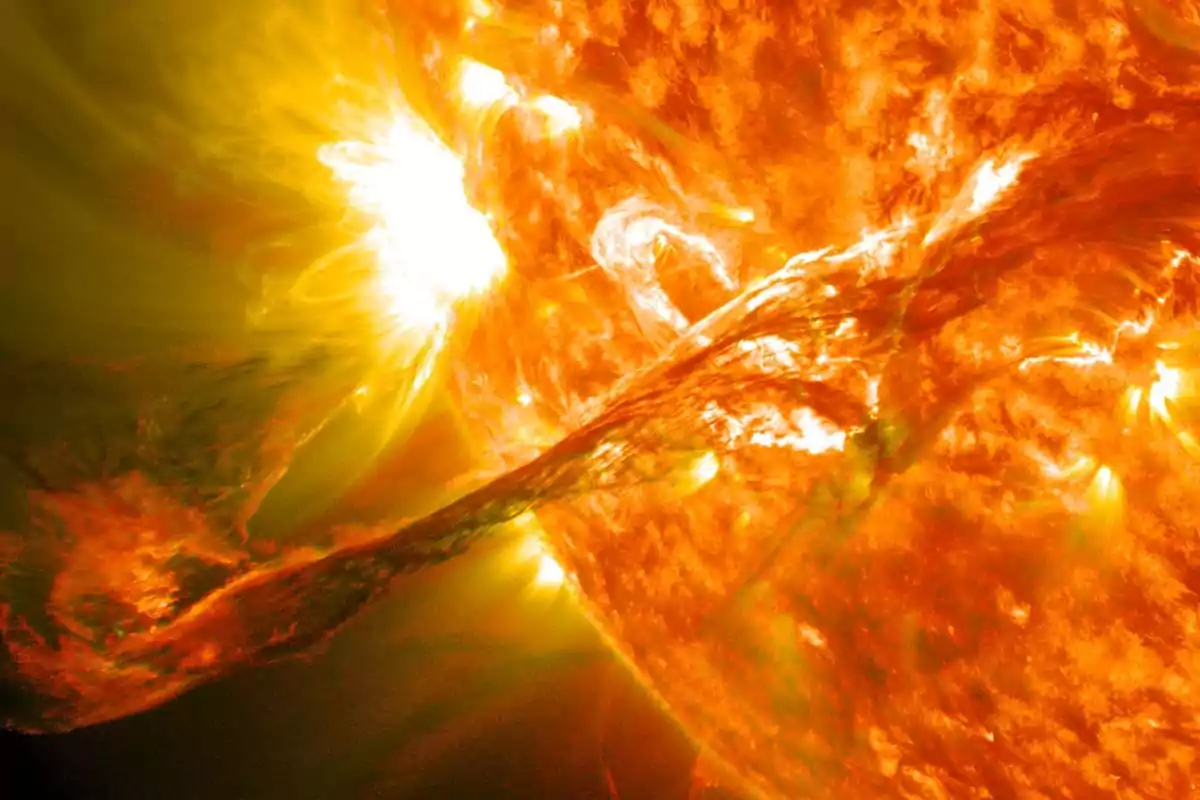
NASA: an artificial sun has been created to study solar storms and protect Earth
NASA and IBM have developed Surya, an artificial Sun that predicts solar storms and protects technology
Solar storms are becoming increasingly dangerous for our technology. An intense event could paralyze satellites and leave us without electronics for hours.
With the goal of anticipating these phenomena, NASA and IBM developed Surya, an artificial Sun powered by artificial intelligence capable of predicting solar flares with unprecedented accuracy.

Surya: the digital twin of the Sun
Surya functions as a digital twin of the Sun, processing information to detect patterns of solar activity. Its mission is not only to study the star, but also to protect technological life on Earth.
Nearly ten years of data from NASA's Solar Dynamics Observatory (SDO) were used, which captures images of the Sun every 12 seconds.
How AI processes space weather
AI standardizes and organizes the data. Then, it applies a long-range vision transformer to analyze huge images and detect patterns even in distant points. Thanks to the spectral gate, Surya filters out noise and optimizes memory, accelerating learning.

The initial results exceeded expectations. While traditional methods offered only one hour of advance notice, Surya can issue alerts up to two hours in advance and with 16% greater accuracy.
Available for science and collaboration
IBM and NASA made Surya available to the scientific community. It is available on platforms such as Hugging Face, GitHub, and the TerraTorch library, fostering collaborative research on the star.

Kevin Murphy, NASA's chief science data officer, stated: "We can now analyze the Sun's complexity with unprecedented speed and accuracy."
Preparing for the unexpected
Although the Sun seems harmless, its unpredictability demands anticipation. Surya represents the hope that artificial intelligence will allow us to gain time and protect ourselves from its most violent eruptions.
More posts: